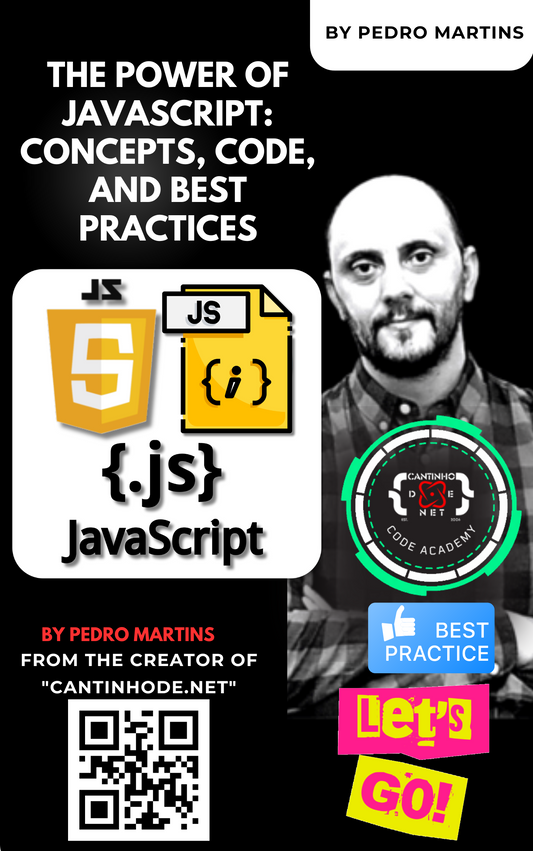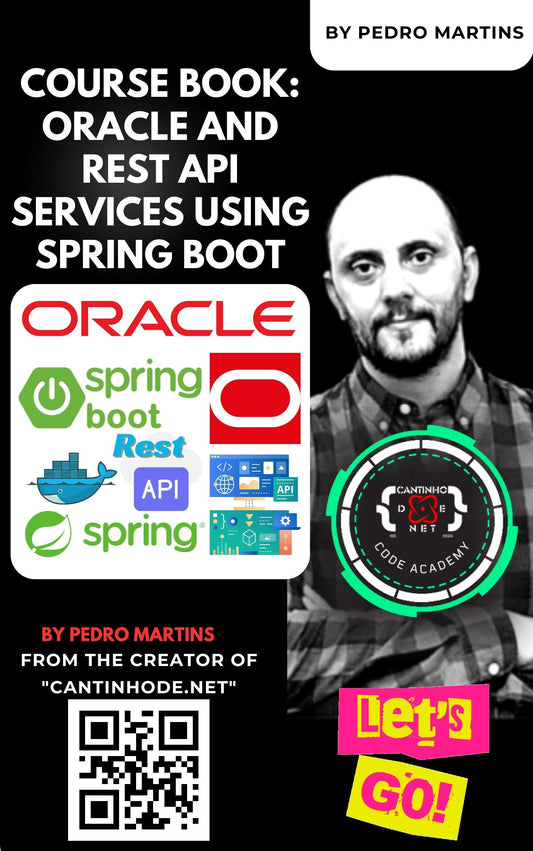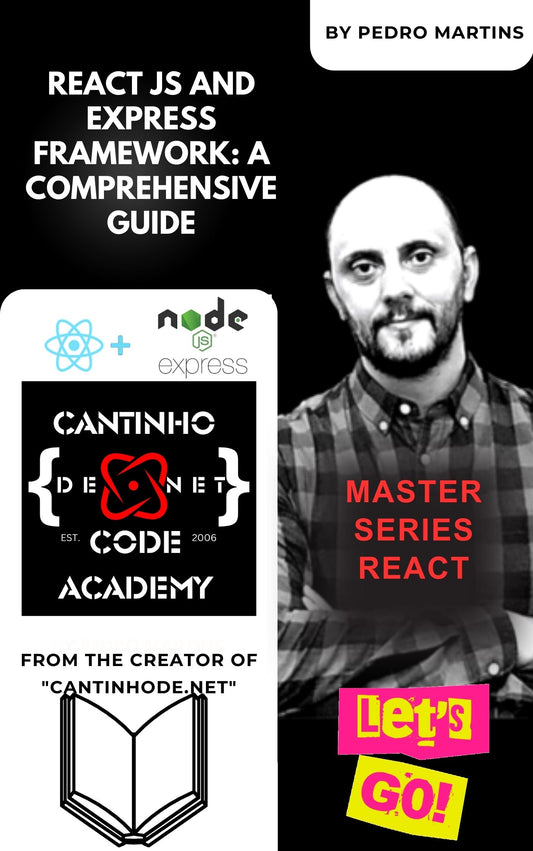Melhores práticas para criar um SDK JavaScript com convenções de namespace adequadas
Criar um Kit de Desenvolvimento de Software (SDK) com convenções de namespace adequadas é essencial para organizar seu código, evitar conflitos e facilitar o uso da sua biblioteca por outras pessoas. Este guia apresentará as melhores práticas para criar um SDK em JavaScript, com foco nas convenções de namespace.
1. Escolha um namespace exclusivo
Por quê? Para evitar colisões de nomenclatura com outras bibliotecas ou variáveis globais.
Como? Use um nome exclusivo e descritivo para o objeto global do seu SDK.
var MySDK = {};
2. Encapsule seu código usando o padrão de módulo
Objetivo: Criar membros privados e públicos, aprimorando o encapsulamento e mantendo um namespace global limpo.
Implementação:
var MySDK = ( function ( ) {
// Private variables and functions
var _privateVar = 'secret' ;
function _privateMethod ( ) {
// Lógica privada
}
// API pública
retornar {
publicMethod : função ( ) {
// Lógica pública que pode acessar membros privados
_privateMethod ();
},
outroMétodoPúblico : função ( ) {
// ...
}
};
})();
3. Suporte a múltiplos ambientes
Objetivo: tornar seu SDK compatível com diferentes sistemas de módulos, como CommonJS, AMD e variáveis globais do navegador.
Padrão de Definição de Módulo Universal (UMD):
(function (root, factory) {
if (typeof define === 'function' && define.amd) {
// AMD (Asynchronous Module Definition)
define([], factory);
} else if (typeof module === 'object' && module.exports) {
// Node.js/CommonJS
módulo . exports = fábrica ();
} outro {
// Globais do navegador (a raiz é a janela)
raiz. MySDK = fábrica ();
}
}( tipo de self !== 'indefinido' ? self : this , função ( ) {
// Código do módulo aqui
var MeuSDK = {};
// Seu código SDK
retornar MySDK ;
}));
4. Evite poluir o namespace global
Estratégia: exponha apenas uma variável global (seu objeto de namespace) e mantenha todas as outras variáveis e funções dentro desse namespace ou como membros privados.
5. Use o Modo Estrito
Por quê? Para detectar erros comuns de codificação, como a criação acidental de variáveis globais.
( function ( ) {
'use strict' ;
// Your code here
})();
6. Convenções de nomenclatura
-
Variáveis e funções: use
camelCase. -
Construtores e classes: use
PascalCase. -
Constantes: Use
UPPERCASE_SNAKE_CASE.
7. Documentação com JSDoc
Objetivo: Fornecer documentação clara e facilitar a geração de documentos de API.
Exemplo:
/**
* Adds an item to the cart.
* @param { Object } item - The item to add.
* @param { number } item.id - The item's ID.
* @param { string } item.name - The item's name.
*/
MySDK . addToCart = function ( item ) {
// Implementation
};
8. Tratamento de erros
Prática recomendada: trate exceções com elegância e forneça mensagens de erro significativas.
Exemplo:
MySDK . login = function ( credentials ) {
if (!credentials. username || !credentials. password ) {
throw new Error ( 'Username and password are required.' );
}
// Proceed with login
};
9. Controle de versão
Por quê? Para gerenciar atualizações e manter a compatibilidade.
Como? Inclua uma propriedade de versão.
MySDK . version = '1.0.0' ;
10. Teste
Recomendação: Escreva testes unitários usando frameworks como Jest ou Mocha para garantir confiabilidade.
11. Minificação e Distribuição
- Minimize seu código para produção para reduzir o tamanho do arquivo.
- Distribua via npm para Node.js ou como um arquivo para download/CDN para navegadores.
Juntando tudo
Exemplo de estrutura do SDK:
var MySDK = ( function ( ) {
'use strict' ;
// Private members
var _apiEndpoint = 'https://api.example.com' ;
função _makeRequest ( url, método, dados ) {
// Lógica AJAX aqui
}
// API pública
retornar {
/**
* Efetua login de um usuário.
* @param { Object } credentials - As credenciais do usuário.
* @param { string } credentials.username - O nome de usuário.
* @param { string } credentials.password - A senha.
*/
login : função ( credenciais ) {
se (! credenciais.nomedeusuário || ! credenciais.senha ) {
lançar novo erro ( 'Nome de usuário e senha são obrigatórios.' );
}
retornar _makeRequest (_apiEndpoint + '/login' , 'POST' , credenciais);
},
/**
* Desconecta o usuário atual.
*/
logout : função ( ) {
retornar _makeRequest (_apiEndpoint + '/logout' , 'POST' );
},
/**
* Adiciona um item ao carrinho.
* @param { Object } item - O item a ser adicionado.
*/
addToCart : função ( item ) {
retornar _makeRequest (_apiEndpoint + '/carrinho' , 'POST' , item);
},
versão : '1.0.0'
};
})();
Usando seu SDK
Ambiente do navegador:
<script src="path/to/MySDK.min.js"></script>
<script>
MySDK.login({ username: 'user', password: 'pass' })
.then(function(response) {
console.log('Logged in!', response);
})
. catch ( função ( erro ) {
console . erro ( 'Falha no login:' , erro);
});
</ script >
Ambiente Node.js:
const MySDK = require ( 'my-sdk' );
MySDK . login ({ username : 'user' , password : 'pass' })
. então ( resposta => {
console . log ( 'Conectado!' , resposta);
})
. catch ( erro => {
console . erro ( 'Falha no login:' , erro);
});
Resumo das convenções de namespace
- Variável global única: exponha apenas um objeto global (o namespace do seu SDK).
- Encapsulamento: use IIFE e o Padrão de Módulo para encapsular membros privados e públicos.
- Namespace exclusivo: escolha um nome exclusivo para evitar conflitos.
- Superfície de API clara: defina uma API pública clara e concisa.
- Nomenclatura consistente: siga convenções de nomenclatura consistentes para facilitar a leitura e a manutenção.
Dicas adicionais
- Modularidade: se o seu SDK ficar grande, considere dividi-lo em módulos usando módulos ES6 ou ferramentas como Browserify/Webpack.
- Dependências: defina e gerencie claramente quaisquer dependências externas que seu SDK tenha.
- Operações assíncronas: se o seu SDK executa operações assíncronas, use Promises ou async/await para melhor gerenciamento.
- Registro e depuração: inclua registro detalhado opcional para fins de depuração, que pode ser alternado pelo usuário.
- Configuração: permita que os usuários configurem determinados aspectos, como endpoints de API ou tokens de autenticação.
Exemplo com Namespace e Modularidade
Arquivo: src/MySDK.js
var MySDK = ( function ( ) {
'use strict' ;
// Private methods and variables
var Utils = MySDK . Utils ;
var _config = {
apiEndpoint : 'https://api.example.com'
};
// Public API
return {
Config : _config,
login : function ( credentials ) {
// Use Utils.makeRequest ou outros métodos privados
},
// Outros métodos
};
})();
Arquivo: src/Utils.js
var MySDK = MySDK || {};
MySDK . Utils = ( function ( ) {
function makeRequest ( url, method, data ) {
// AJAX logic
}
return {
makeRequest : makeRequest
};
})();
Observação: nessa estrutura, MySDK.Utils é um subnamespace.
Implementando em seu código
Dado seu trecho de código inicial, você pode refatorá-lo para seguir estas práticas recomendadas.
Exemplo refatorado:
var NAMESPACE = ( function ( ) {
'use strict' ;
// Private variables and functions
var _privateData = {};
var _startDate, _endDate, _technology, _stationName;
// ...other variables...
function _privateFunction ( ) {
// ...
}
// API pública
retornar {
login : função ( ) {
// Lógica de login
},
logout : função ( ) {
// Lógica de logout
},
addToCart : função ( ) {
// ...
},
/**
* Inicializa o SDK com opções de configuração.
* @param { Object } config - Opções de configuração.
*/
init : função ( configuração ) {
// Inicializar com configuração
},
// ...outros métodos públicos...
};
})();
Conclusão
Ao estruturar seu SDK com um namespace adequado e seguir as práticas recomendadas descritas, você:
- Melhore a manutenibilidade: facilite a compreensão e a manutenção do seu código para os desenvolvedores.
- Evite conflitos: evite conflitos com outras bibliotecas ou variáveis globais.
- Melhore a usabilidade: forneça uma API clara e consistente para os usuários do seu SDK.
 Quer otimizar suas habilidades em Javascript? Visite askpedromartins.com para aconselhamento especializado e soluções adaptadas às suas necessidades de desenvolvimento.
Quer otimizar suas habilidades em Javascript? Visite askpedromartins.com para aconselhamento especializado e soluções adaptadas às suas necessidades de desenvolvimento. 








